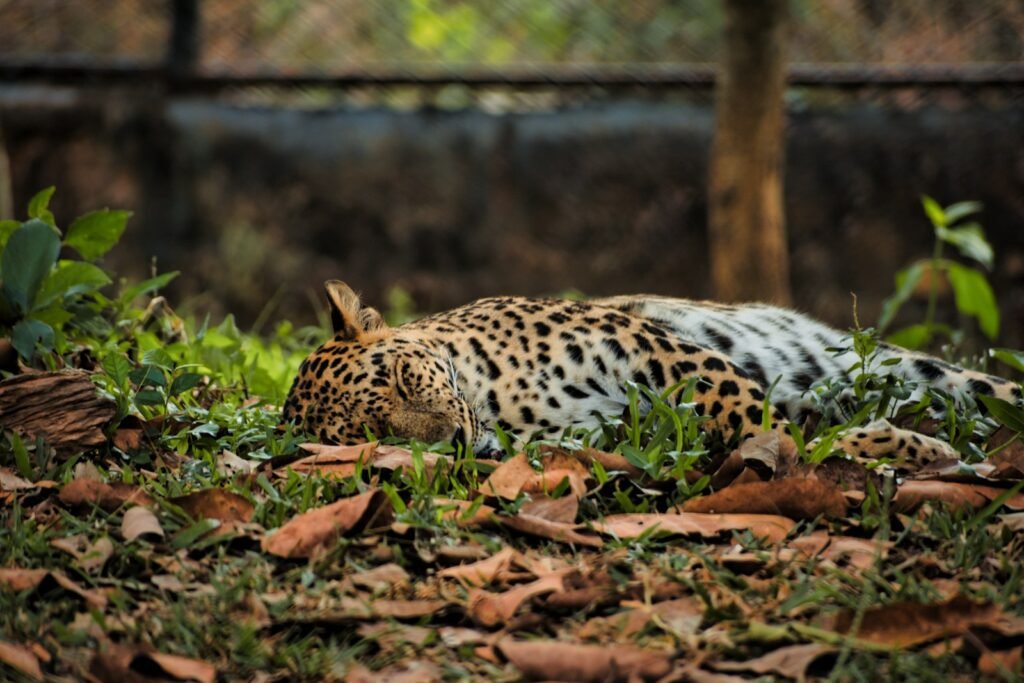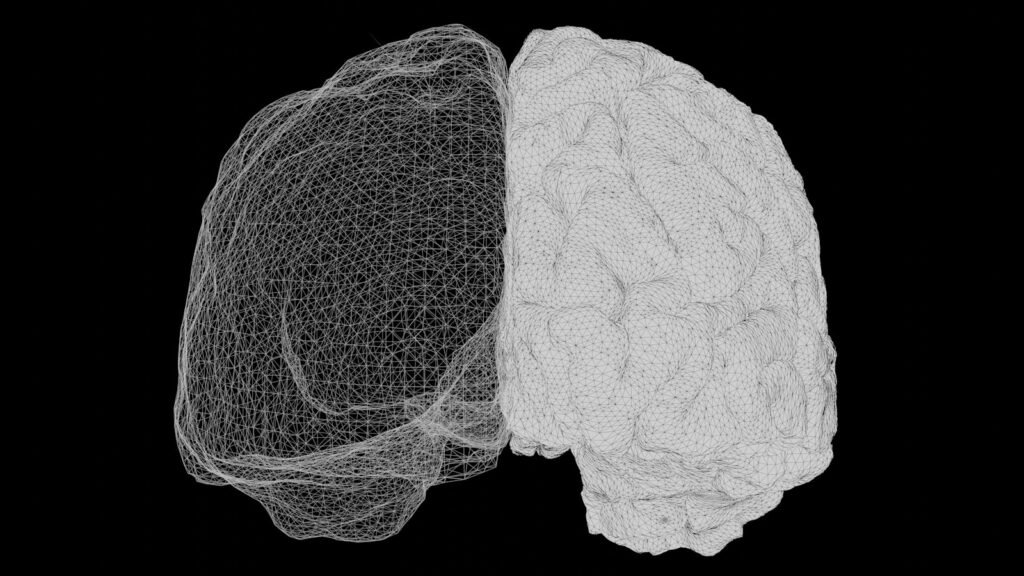In the hush between dusk and night, a leopard can pass within a few steps and leave nothing but a tremor in the grass. Scientists have long admired this cat’s vanishing act, but only recently have biomechanics illuminated how the body itself turns silence into a weapon. It’s a puzzle with life-or-death stakes: move too fast and a branch snaps, move too slow and dinner is gone. New imaging, motion tracking, and comparative anatomy are revealing a creature tuned by evolution to stalk like a shadow. The result is not just a better portrait of a big cat, but a blueprint for motion that engineers and conservationists are now studying with growing urgency.
The Hidden Clues
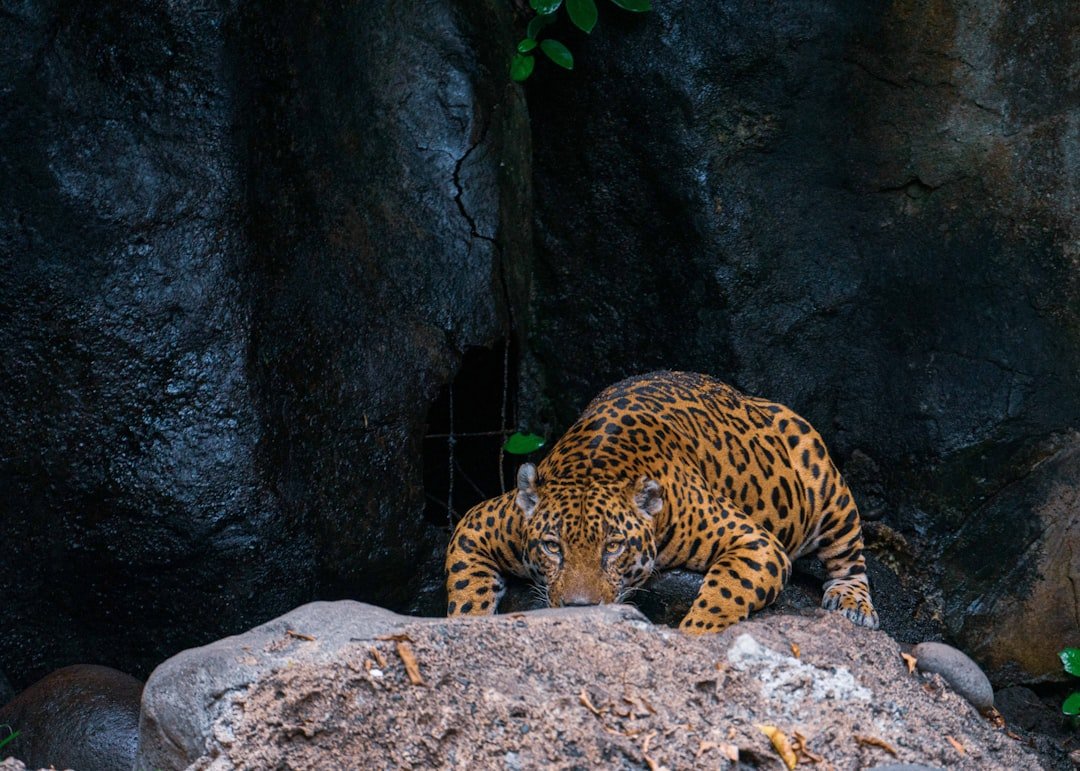
Look closely and the first giveaway isn’t the rosette coat, it’s the posture: a low, flexible crouch that shortens the profile and spreads weight like a careful hiker crossing ice. The head rides almost level while the shoulders flow beneath it, a sign that the scapula and spine are doing most of the work absorbing bumps before they reach the skull. This head stabilization matters because steady vision improves depth judgment at twilight, when contrast is low and opportunities vanish fast. The tail lies like a counterweight, ready to flick for balance during tight turns or when the cat pivots up a trunk. Even the whiskers contribute, acting as tactile radar that warns of twigs or wire before they betray the approach. I remember walking a dry riverbed in the Kruger twilight and feeling, more than hearing, the hush that settles when a leopard is near; it’s like the landscape holds its breath.
The Biomechanics of a Ghost
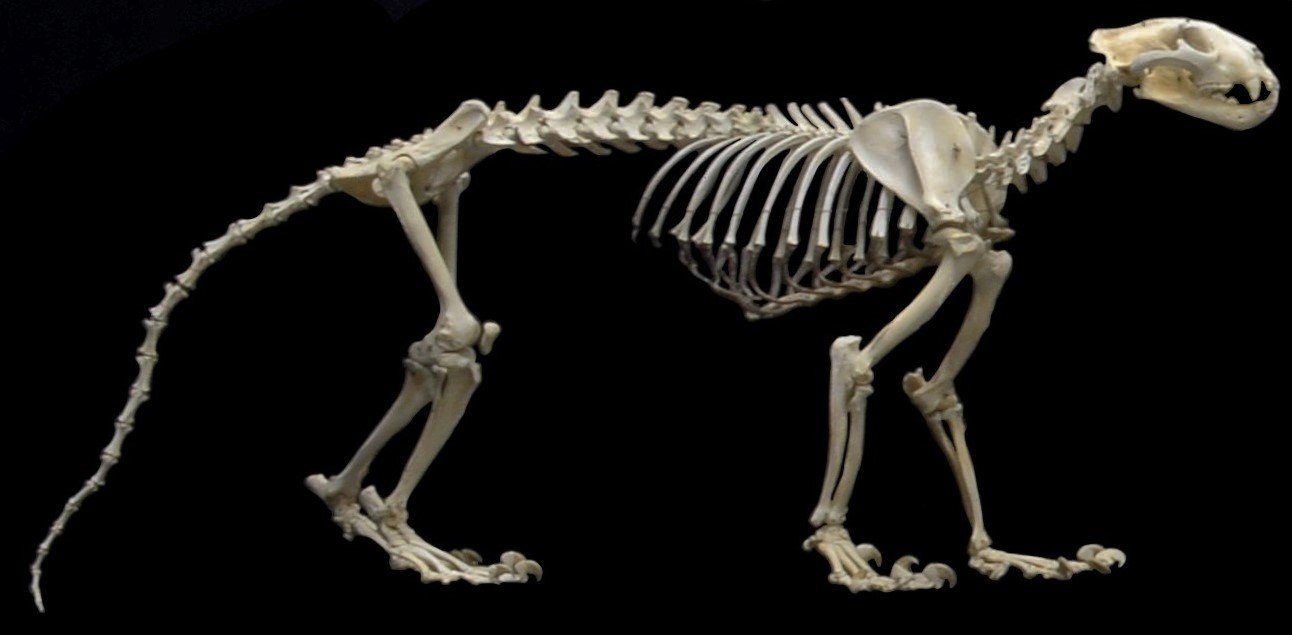
The leopard’s skeleton is a lesson in compliant engineering: a spine that bends and stores small amounts of energy, shoulder blades that slide and rotate over the ribcage, and forelimbs attached by muscle rather than a rigid collarbone. This musculoskeletal “suspension system” softens footfalls and lengthens stride without jarring impacts that transmit sound. Flexed joints during the stalk lower the center of mass and keep ground reaction forces gentle, reducing the chance of snapping dry stems. Retractable claws stay sheathed to avoid click and scrape, then flick out when a sudden grip is needed for a pounce or climb. Under each toe, fatty digital cushions and textured pads act like built-in shock absorbers, spreading pressure and muffling contact. The whole package lets force rise and fall smoothly, which to a prey animal’s ears is the difference between wind and a warning.
The Silent Step
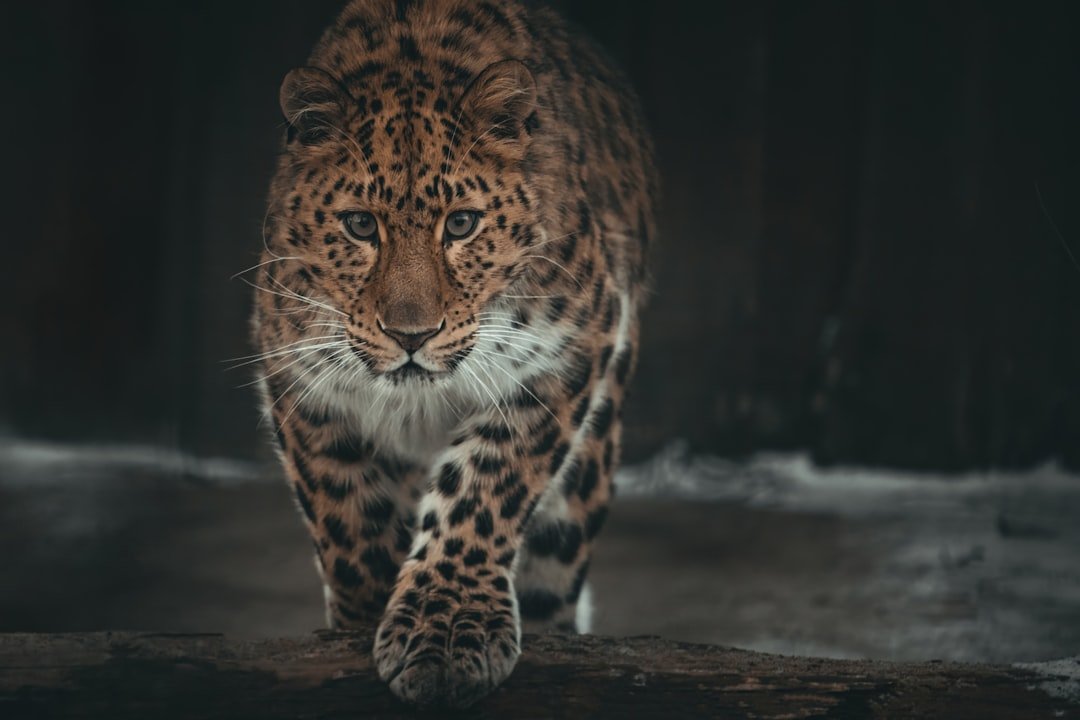
Stealth isn’t a speed; it’s a gait. In a stalking walk, the hind paw often lands almost where the forepaw just lifted, reusing the same patch of ground and avoiding surprise crunches. Each step places the limb in a semicircle, testing and loading the surface before committing weight, like a mountaineer probing a snow bridge. The spine flexes lightly as the shoulders glide forward, keeping the body level and the sound profile flat. Muscles along the forelimb and back act as dampers, preventing sudden shifts that could rustle leaves or roll pebbles. When the final approach begins, stride length shortens, stance widens a touch for stability, and the cat becomes a low, moving comma – quiet punctuation on the landscape.
From Ancient Tools to Modern Science
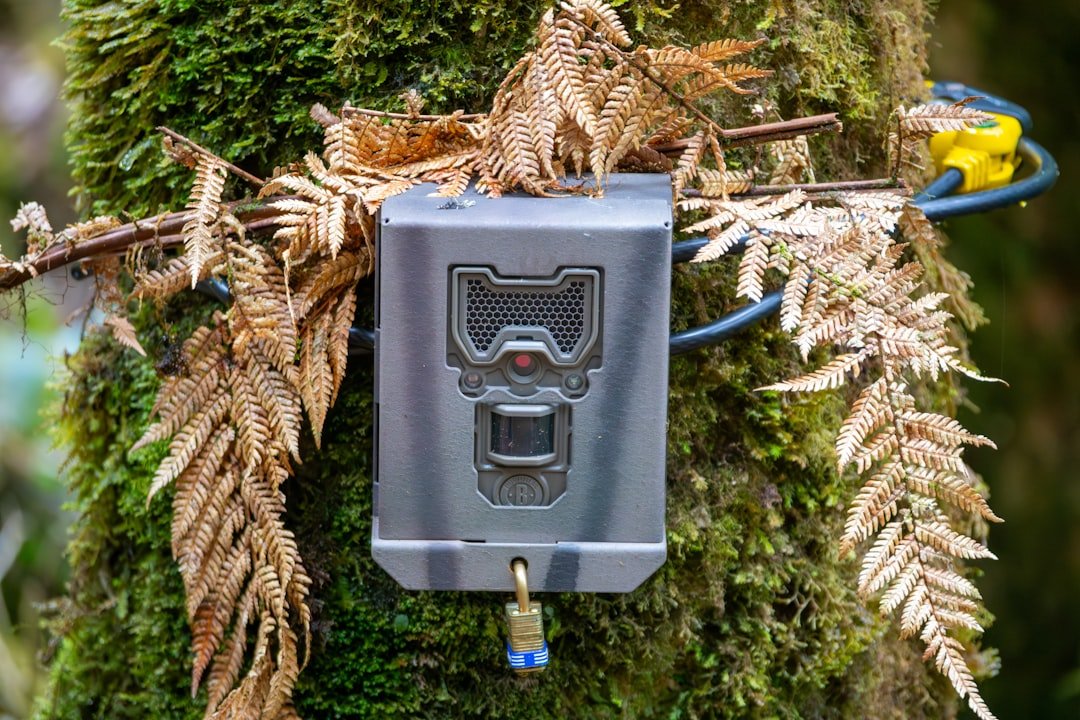
What used to be inferred from tracks and lucky sightings is now measured with accelerometers, thermal cameras, and high-sensitivity audio. Lightweight collars capture minute changes in stride and body pitch, allowing researchers to reconstruct stalks in darkness when most hunts unfold. High-speed footage from reserves and rehabilitation centers lets scientists compare joint angles across gaits, mapping how the scapula swings relative to the spine during the creep, the trot, and the leap. CT scans of skulls and shoulders add internal context, showing where bone is reinforced for the torsion of hoisting prey into trees. Computer models then test how fat pads, tendon stiffness, and muscle timing interact to shave decibels off footfalls. Piece by piece, we’re trading myth for mechanism without losing any of the magic.
Why It Matters
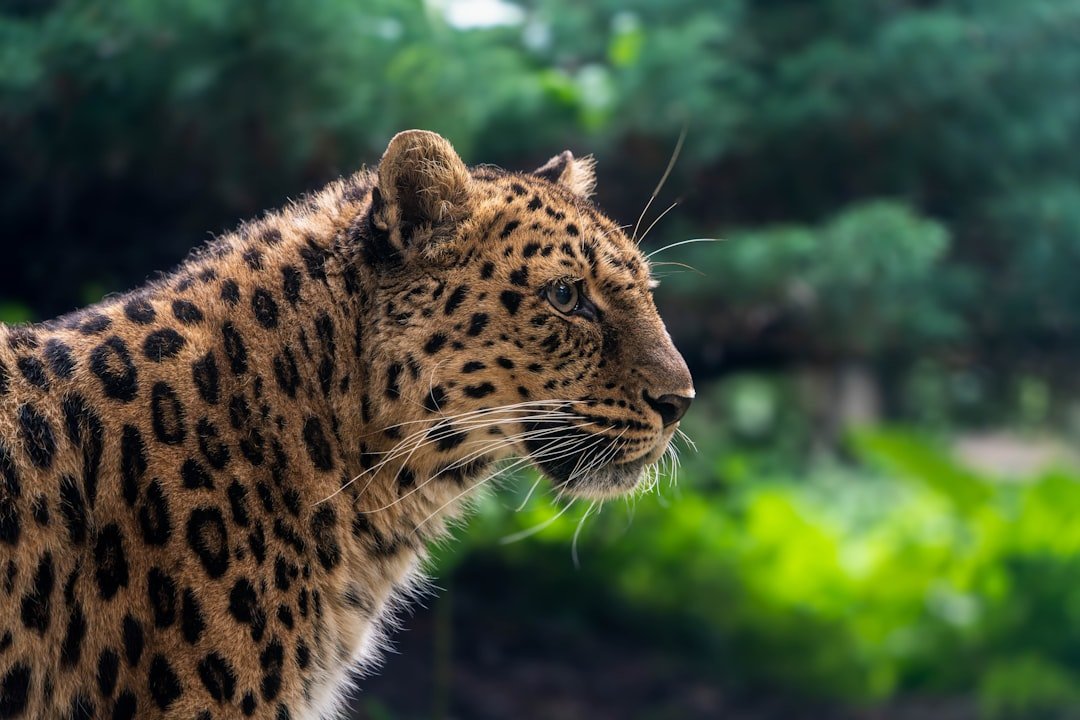
Understanding leopard stealth is more than natural-history trivia; it reshapes how we think about movement, sensing, and risk. Conservation teams use gait signatures to distinguish hunting from traveling, helping target patrols in hotspots where livestock and leopards collide. Engineers borrow soft-pad physics and compliant spines to design quieter quadruped robots for search-and-rescue, where stealth reduces panic and improves communication. Sports scientists study head stabilization and gaze control in felids to inform training for cyclists and runners navigating choppy terrain. Even city planners learning from Mumbai’s suburban leopards now anticipate nocturnal routes and lighting patterns that reduce surprise encounters. In short, biomechanics translates a cat’s survival language into tools humans can use responsibly.
Global Perspectives
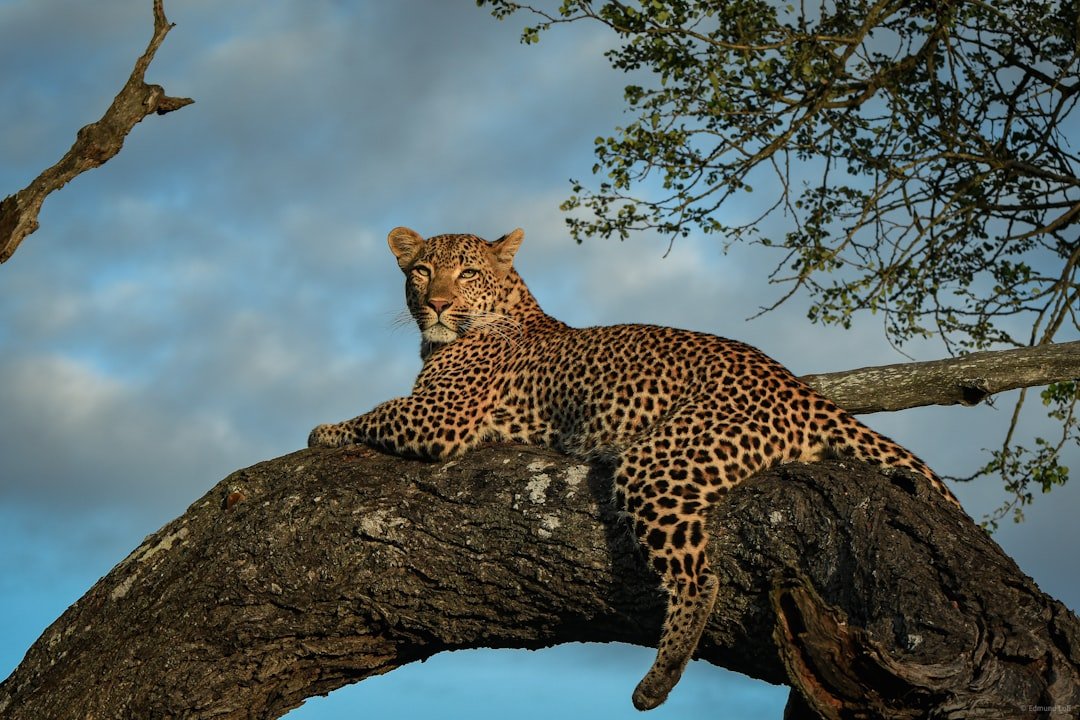
Leopards succeed from African savannas to Himalayan foothills because stealth scales with habitat complexity. In open woodland, camouflage and silent approach cover the last meters before a short, explosive sprint; in dense tea gardens or city fringes, the same body uses corners and walls as acoustic shields. Some populations lean on arboreal ambush, descending from thick branches where sound is masked by height and wind. Others prowl riverbeds at night, using damp sand to deaden steps and cool air to carry their scent away from prey. The species remains widespread, yet certain subspecies, like the Amur leopard, are among the most endangered big cats on Earth. Wherever they live, the same blueprint – compliant gait, sensory caution, balanced agility – keeps working.
The Future Landscape
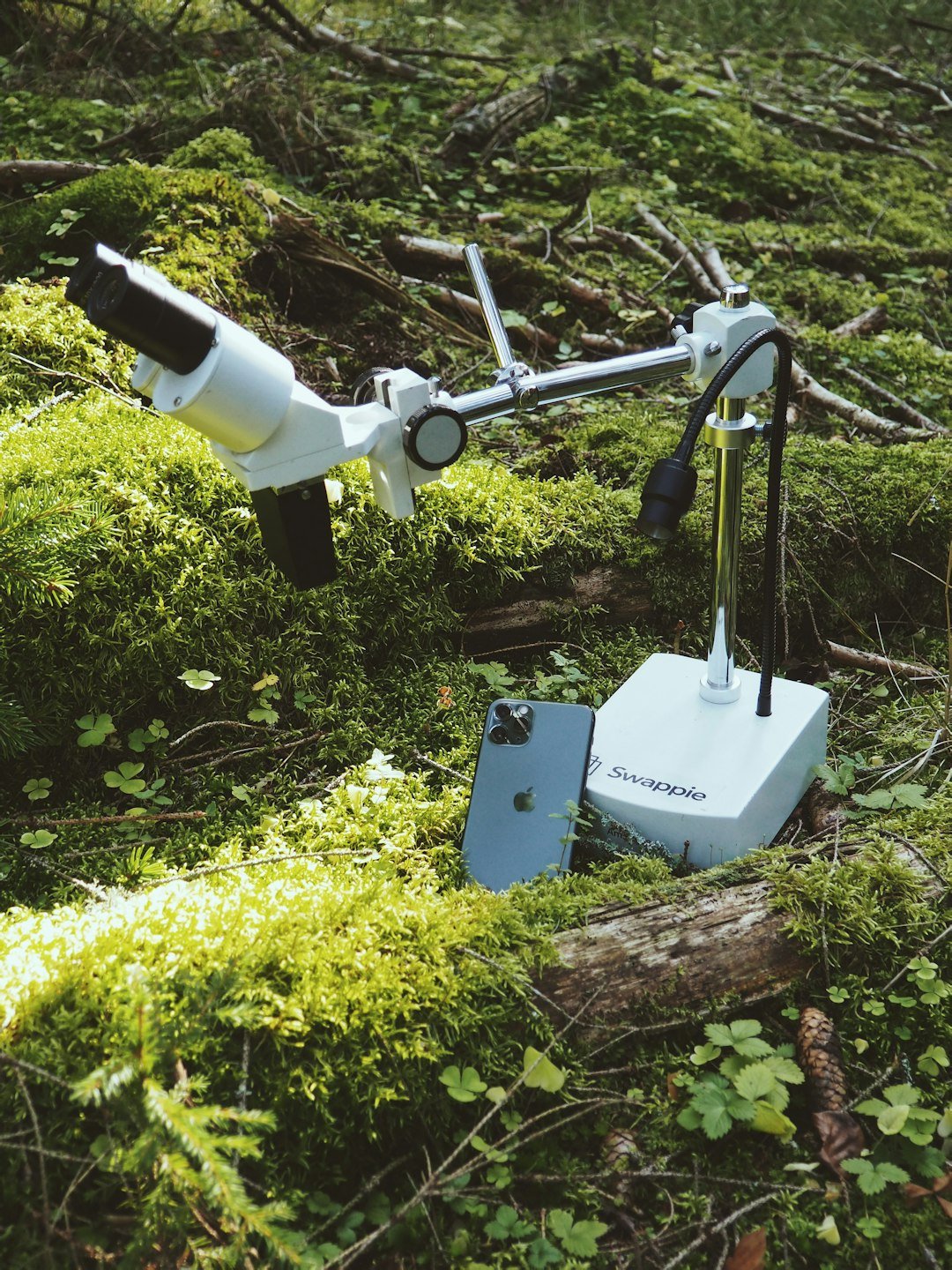
Next-generation biologgers will pair motion sensors with tiny microphones to map how specific limb timings translate into sound signatures across terrains. Machine learning already sifts camera-trap sequences to flag stalking bouts, and soon it may predict conflict nights when weather and prey behavior raise the odds. Drones with thermal imaging can quietly shadow collared cats to validate models, giving finer detail without spotlighting or disturbing a hunt. On the engineering front, variable-stiffness paw pads and articulated robotic scapulae are moving from labs into field prototypes. The conservation challenge is making sure insights serve coexistence – directing lights, fencing, and livestock guard schedules – without turning stealth into a poacher’s advantage. The science is getting sharper; ethical guardrails must keep pace.
Call to Action
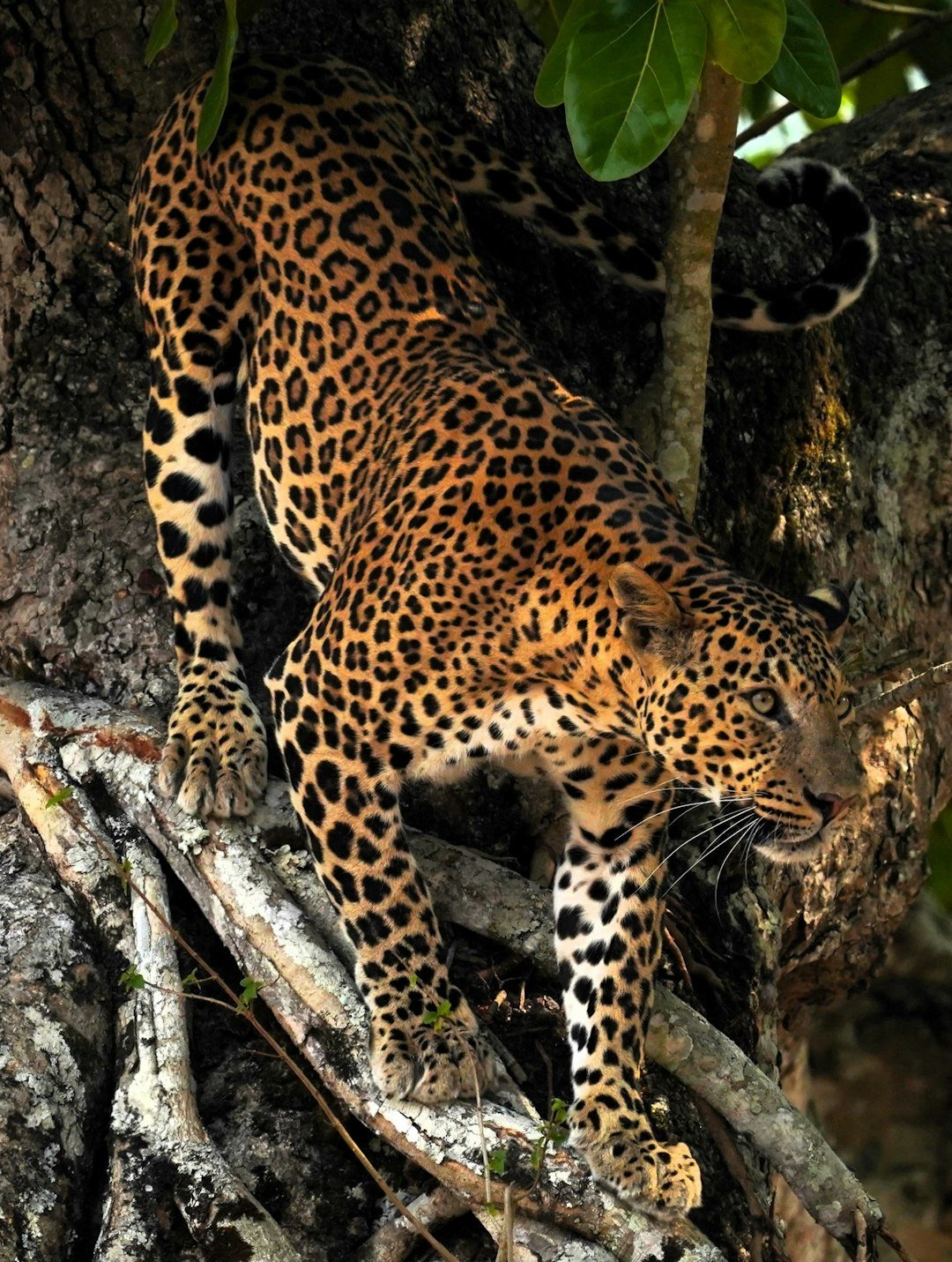
Support organizations that pair science with on-the-ground coexistence, funding projects that test practical tools like predator-proof bomas and nighttime herding plans. If you live near leopard country, simple steps – secure trash, bring pets in at night, and use motion-activated lighting – can cut provocation and reduce risk. Back open data efforts that share anonymized gait and habitat findings with local managers, not just academic journals. Encourage parks and municipalities to adopt wildlife-friendly lighting and corridor designs that respect nocturnal movement. And if you’re an educator or tech professional, volunteer skills for citizen-science platforms that analyze camera-trap images and accelerometer traces. Small, steady contributions add up to big, quiet wins.

Suhail Ahmed is a passionate digital professional and nature enthusiast with over 8 years of experience in content strategy, SEO, web development, and digital operations. Alongside his freelance journey, Suhail actively contributes to nature and wildlife platforms like Discover Wildlife, where he channels his curiosity for the planet into engaging, educational storytelling.
With a strong background in managing digital ecosystems — from ecommerce stores and WordPress websites to social media and automation — Suhail merges technical precision with creative insight. His content reflects a rare balance: SEO-friendly yet deeply human, data-informed yet emotionally resonant.
Driven by a love for discovery and storytelling, Suhail believes in using digital platforms to amplify causes that matter — especially those protecting Earth’s biodiversity and inspiring sustainable living. Whether he’s managing online projects or crafting wildlife content, his goal remains the same: to inform, inspire, and leave a positive digital footprint.

